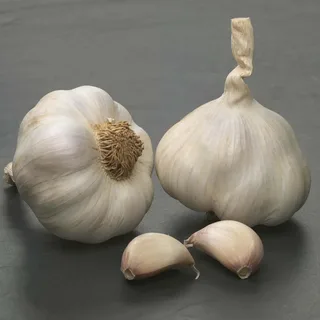How to Grow Garlic
Whether you are looking to plant garlic for the first time or just want to keep grow garlic, the steps that you take are critical to making sure you get the best results. This article will provide you with some of the key details you need to know to grow the perfect garlic crop.
Table of contents
How to Plant and Grow Garlic?
Getting the right timing for planting and grow garlic is crucial. If you live in a cool climate, you should plant your garlic bulbs in the fall. If you live in a warm climate, you should plant them in the spring.There are two main types of garlic.
Hardneck and softneck varieties. The softneck is the standard variety found in grocery stores. It produces small cloves that are good for cooking. However, it is not as hardy as hardneck garlic.
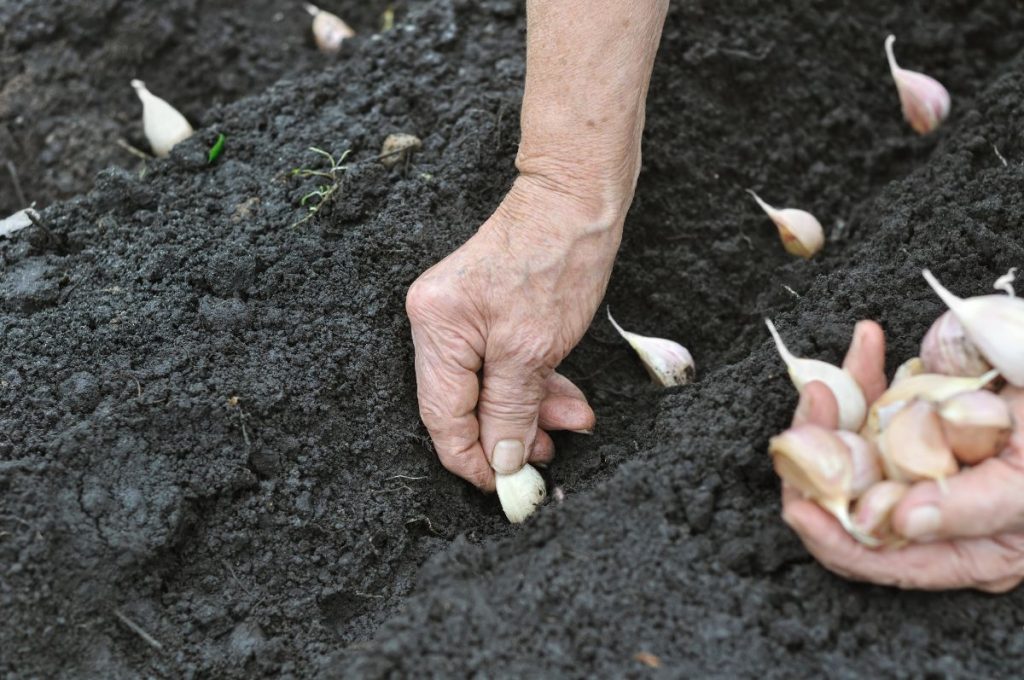
To determine the best time to plant your garlic, you will need to consider the amount of rainfall you get in the area. Typically, normal rainfall will keep your garlic growing well. You can also use a soil test to learn more about the nutrients in your soil.
To plant garlic, you will need to dig a 4 to 6 inch hole. Place the garlic bulb in the hole and then cover the bulb with soil. Leave a one inch space at the bottom of the bulb.
To mulch your garlic, you can use aged manure, compost or straw. These mulches will keep the ground moist and will help insulate the garlic bulbs. Garlic is a relatively simple plant to grow. It only needs four to eight weeks to grow.
You may also like: How to Keep Green Onions Fresh
When to Harvest Garlic?
Whether you’re planting garlic seeds or you’ve been growing garlic for years, you need to know the right time to harvest it. The timing depends on your region, as well as the variety of garlic you’re growing.
In general, you should be able to tell when to harvest garlic by looking at the leaves. If you see one or more of the leaves turning brown, you’re ready to start pulling them up and checking for cloves.
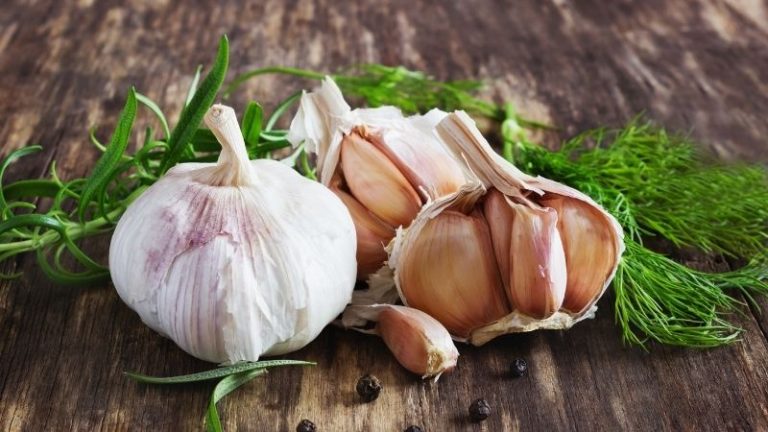
You can also check for the telltale signs of a good harvest by looking at the root system of the plant. If you can lift the roots with your garden fork, you’re probably doing the right thing.
You can also look for clues when to harvest garlic by checking the bulb. It should be thick and papery. If it’s thin and plasticy, you may be waiting too long to pull it out of the ground.
The ideal time to harvest garlic is from mid-July to August. Depending on your region, you may have to wait a few days or weeks before you’re able to pull the bulbs out of the ground.
Ideally, you should stop watering your garlic around mid-June. This is when the soil starts to dry and prevents the bulb from splitting apart.
How to Store Garlic?
Choosing a cool, dry location to store garlic is important. Garlic is a living plant that will not grow well if it is kept in too warm a place. It is best stored in a room that has an average temperature of 60 degrees. If you want to keep your garlic for a long time, you can even freeze it.
You can also cure garlic. The curing process reduces the moisture content in the cloves and condenses the flavor. Aside from keeping your garlic fresh and delicious, the curing process will prevent it from causing food-borne illnesses.
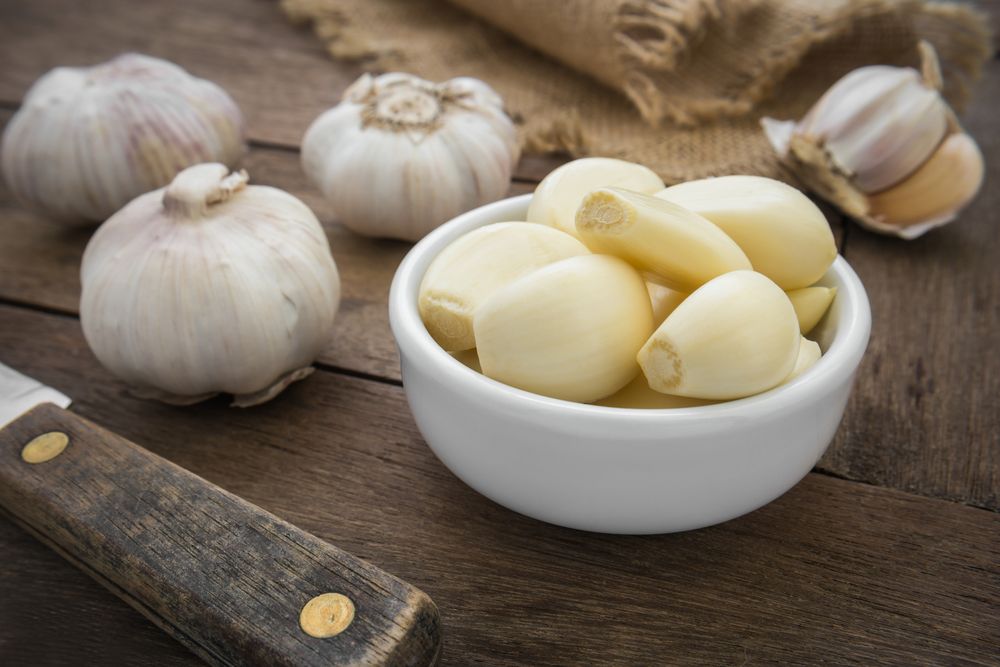
After you’ve harvested the garlic, you’ll have to decide on how to store it. You can either freeze the garlic or freeze the oil that is contained within the cloves. If you decide to freeze it, make sure to place it in a freezer with enough space to fit your cloves.
If you plan to store your garlic for a long time, you should buy mesh bags. These will allow for good air circulation and will prevent mould growth. However, if you plan to store your garlic for a shorter period, paper wrappers or plastic bags will do.
You can also use a dehumidifier to dry your garlic. If you choose to do this, however, be aware that this may decrease the life of your garlic.
Are Garlic Chives Garlic?
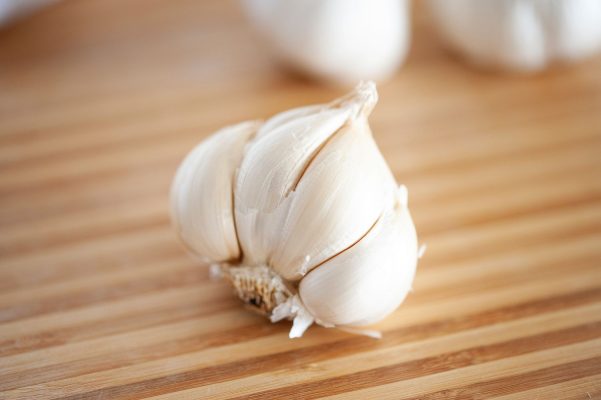
Garlic chives, which are also referred to as chives or Allium tuberosum should not be confused with garlic (Allium sativum). Although they belong to the family they are species.
Unlike the bulbous garlic garlic chives have lengthy and flat leaves, with a hint of garlic flavor. They are frequently utilized in cooking for their garlicky taste and are highly appreciated, for both their leaves and blossoms.
Can Garlic Reduce High Prolactin?
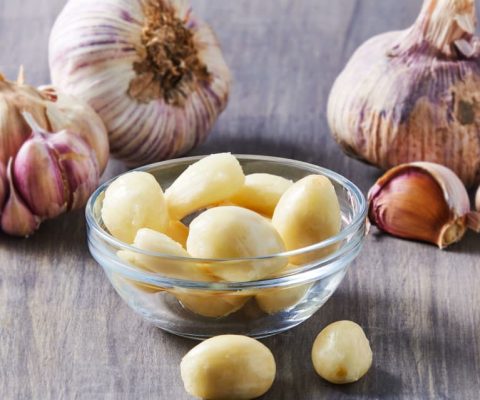
Scientific evidence directly linking garlic to the reduction of levels is limited. Prolactin, a hormone produced by the gland can be affected by factors such, as medications and health conditions.
Although garlic is recognized for its health benefits, including promoting balance additional research is necessary to establish a connection, between consuming garlic and reducing prolactin levels.
Did Garlic Reduce Blood Pressure?
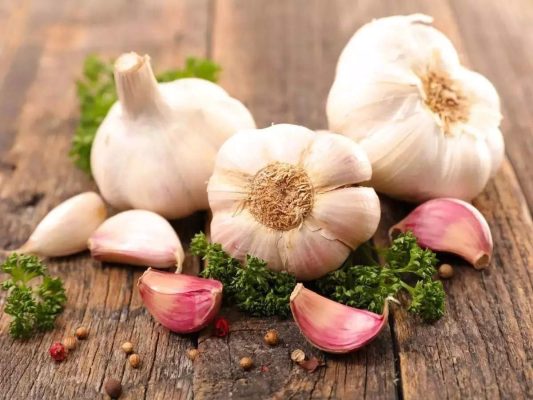
There have been studies that indicate the benefits of garlic, in reducing blood pressure especially for those with hypertension. In particular taking supplements has been shown to help lower blood pressure levels.
The active components found in garlic including allicin are thought to play a role, in this by promoting blood vessel relaxation and enhancing blood circulation. However it’s important to note that managing blood pressure effectively involves adopting an approach that includes maintaining a diet and lifestyle choices.
Final Thought
Garlic, a staple in many cuisines worldwide, not only adds a burst of flavor to dishes but also offers numerous health benefits. Growing garlic at home can be a rewarding experience, allowing you to have a fresh supply on hand.
By understanding the right planting techniques, knowing when to harvest, and learning the best storage methods, you can enjoy the rich flavors of home-grown garlic throughout the year.
Whether you’re a novice gardener or a seasoned pro, following these guidelines will ensure a bountiful garlic harvest.
FAQ
In cool climates, garlic should be planted in the fall, while in warmer climates, it’s best to plant in the spring.
The two primary types of garlic are hardneck and softneck. Softneck is commonly found in grocery stores and is great for cooking, while hardneck is hardier but produces fewer cloves.
Look for browning leaves and a thick, papery bulb. Typically, garlic is ready for harvest from mid-July to August.
Garlic should be stored in a cool, dry place with an average temperature of around 60 degrees.
Yes, garlic can be frozen for extended storage. You can freeze the entire garlic or just the oil contained within the cloves.




